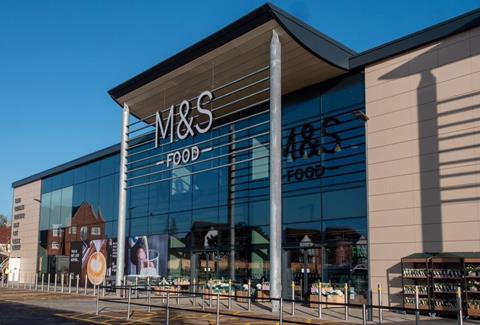
M&S has revealed direct costs of the cyberattack that sent systems haywire in Easter will total £136m in 2025, as further charges land on top of £101.6m in costs already sustained.
The blow to profits in the first half is more severe: despite a £100m insurance payout, M&S’s pre-tax profits in the 26 weeks ended 27 September fell 55.4% to £184.1m – a drop of £229m that came as lower online sales, increased stock management costs and food waste resulting from the cyberattack cut the retailer’s margin, alongside over £50m in EPR fees and NI contributions.
Recognising the incident as an “extraordinary moment” for M&S, CEO Stuart Machin asserted the retailer was “getting back on track”.
“Change is constant, and that is why we are resolute in our ambition to reshape M&S for growth,” Machin said.
Pointing to the 15 new or renewed stores opened in the first half of the year, and the more than 20 planned for H2, the “strengthening” of technology foundations and a new automated food distribution centre, he said the company was “regaining momentum”.
Overall sales in the half were up 22.1% to £8bn for the group, thanks in part to the inclusion of Ocado Retail within the results.
“In food we continue to outperform the market, with three years of consecutive monthly volume growth,” he said.
“Our obsession with quality and innovation is paying off, underpinned by a relentless focus on trusted value, with value ranges growing year on year. In fashion, home & beauty, the recovery curve has been slower than food, but we are making progress every day. Our stronger style credentials mean our fashion is resonating and we continue to lead the market on quality and value.”
With systems now “closer to normal”, the M&S food business was now largely recovered and enjoying strong sales performance, the retailer said.
Food sales were up 7.8% in the half, with customer numbers and volumes both up – though manual stock allocation resulting from the cyberattack still hit the unit’s operating margin, which fell to 2%, down from 5.1%.
Fashion, home & beauty sales were more severely hit. Sales declined by 16.4%, thanks to the pause in online operations from late April to early June, with click & collect not running until August. Margin for the unit fell from 12% to 2.7% in the half, but M&S said trading was now recovering following the restoration of its warehouse systems.
“In the second half, we expect profit to be at least in line with last year,” said Machin.
“This should give us a springboard into the new financial year and set M&S up for further growth.
“The retail sector is facing significant headwinds – in the first half, cost increases from new taxes were over £50m – but there is much within our control and accelerating our cost reduction programme will help to mitigate this.
“Our plan to reshape M&S for long-term sustainable growth is unchanged, our ambitions are undimmed, and our determination to knuckle down and deliver is stronger than ever.”











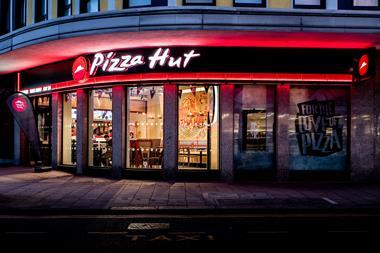
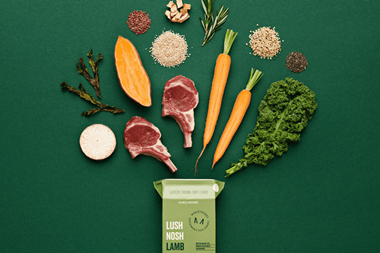
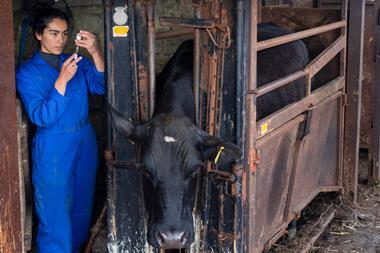



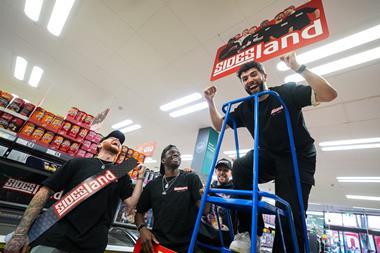

No comments yet